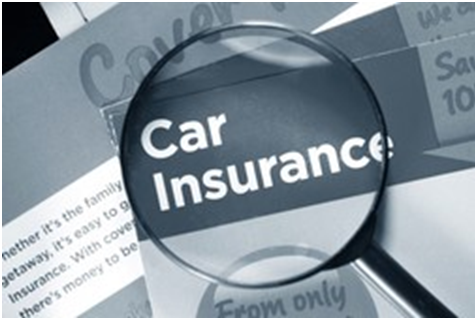Due to Increase in Vehicle Maintenance Costs

The auto insurance loss ratio of the South Korean non-life insurance industry is expected to continue an upward curve this year. The industry recorded a deficit of some 700 billion won (US$615.66 million) in the auto insurance business last year; the trend is likely to continue this year as well.
The loss ratio of car insurance products sold by the nation’s five listed non-life insurance companies, such as Samsung Fire & Marine Insurance Co., DB Insurance Co., Hyundai Marine & Fire Insurance Co., Meritz Fire & Marine Insurance Co. and Hanwha General Insurance Co., is estimated at 85.5 percent in the first quarter of this year, up 3.5 percentage points from a year earlier, according to a report released by Shinhan Investment Corp. on April 12. The annual loss ratio is also forecast to rise from 86 percent last year to 87.1 percent this year.
The insurance industry estimates the appropriate loss ratio of car insurance products at 70 to 80 percent but the figures far surpass them. Accordingly, the annual net profits of the five firms are expected to fall by 5.3 percent on-year to 2.10 trillion won (US$1.85 billion) this year.
The reasons for the higher loss ratio include an increase in car maintenance costs and oriental medicine treatment costs. The non-life insurance industry posted a loss of some 700 billion won (US$615.66 million) in the auto insurance sector last year. The premium rate of car insurance products increased by 3 to 3.5 percent in January but it was not enough to cover the loss, according to the non-life insurance industry.
This is why the non-life insurance industry is seeking to additionally raise the premium rate in the second half of the year. Lim Hee-yeon, an analyst at Shinhan Investment, said, “If the premium rate of car insurance products rises by 3 percent in the second half, the auto insurance loss ratio of the five companies will stand at 84.5 percent.”
Meanwhile, the so-called "Moon Jae-in Care," a set of initiatives designed to drastically expand health insurance coverage, is also expected to boost the loss ratio. Lim said, “As the balloon effect of the Moon Jae-in Care is reflected, the long-term risk loss ratio of the non-life insurance firms will go up to 89.7 percent this year, up 1.9 percentage points from a year ago.”


